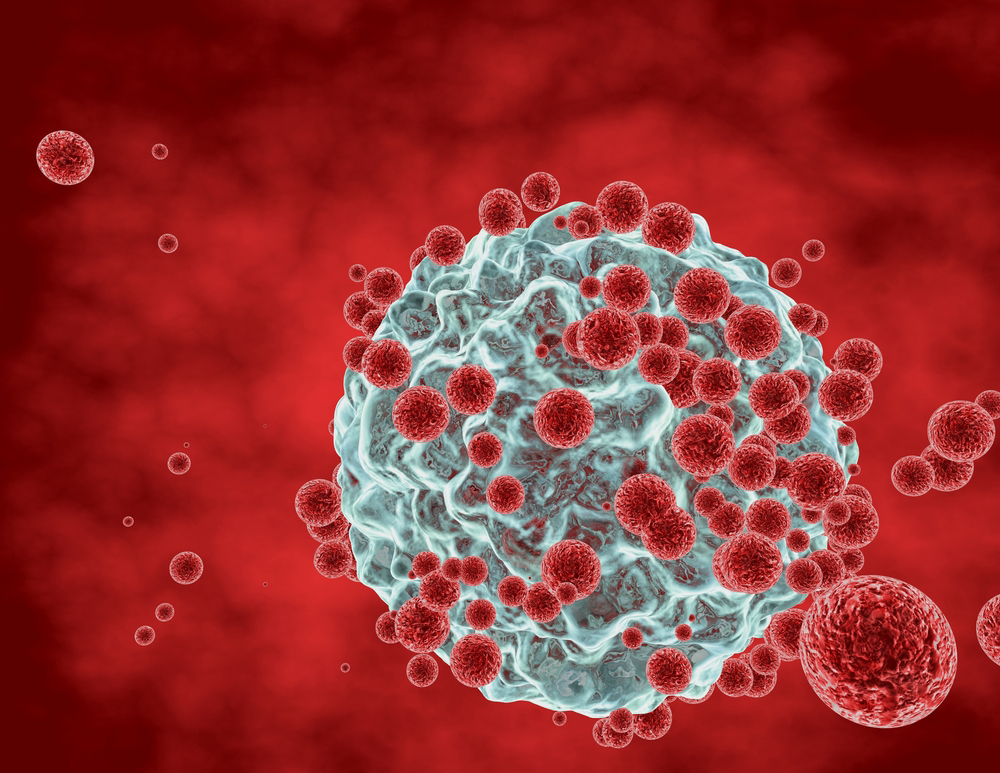"History repeats, but science reverberates." So writes author and oncologist Siddhartha Mukherjee in The Emperor of All Maladies, a gripping chronicle of the global fight against cancer.
For Mukherjee, medical discoveries can have a profound – and often unexpected – influence on society, as well as science. It is hard to dispute the impact on the insurance industry. Rapid medical advances, as well as growing volumes of health and mortality data, are transforming cancer risk assessment.
Such deepening understanding could not come at a better time in South Africa. Carriers are witnessing significant numbers of critical illness claims linked to cancer. In fact, in 2017 78% of female critical illness (CI) claims and 55% of male CI claims to RGA in South Africa were for this collection of diseases. While such percentages vary by population, it is clear that cancer is the core critical illness insurers cover.
Employers are also seeing the impact of cancer on their staffs. Based on industry data analysed by RGA in South Africa, more than 10% of group disability income claims are due to cancer. For office-based occupations, such as administration and financial services, that percentage jumps to 17%.
What is driving this volume? Greater longevity and better diagnostics play roles. More recently, however, our lifestyles have been receiving increased attention, with researchers revealing relationships between cancer and our behaviour.
Tobacco Use
Commonly associated with lung cancer, tobacco use is also linked to at least 17 other types of cancer1 and causes 18% of cancer cases in the UK.2 Fortunately, according to The Cancer Association of South Africa (CANSA), quitting tobacco products for 10 years can cut your risk of lung cancer to half of what it would have been if you were still lighting up3.
Public Health England (PHE) further argues that e-cigarettes can be an effective tool to help people quit smoking tobacco products. Based on the institution’s most recent research4, e-cigarettes were shown to be 95% less harmful than smoking cigarettes, for example. While vaping still introduces various health risks, the PHE’s research demonstrates that vaping does not expose the user to the carcinogenic tars present in tobacco smoke, and that switching from smoking to vaping could result in health benefits.
Fortunately, the trend away from smoking has already started. The World Health Organisation (WHO)8 estimates that the proportion of people smoking tobacco has decreased from 27% in 2000 to 20% in 2015. It is projected to decrease further to 17.3% by 2025. The WHO also reports that the adult smoking rate in South Africa in particular declined from 27.1% in 2000 to 18.2% in 2012, according to the latest available data.10
It will be interesting to watch the claims statistics over the next few years to gauge the overall impact of this trend on cancer incidence, and any potential impact of the shift to vaping.
Obesity and Physical Health
Cancer Research UK5 recently launched a campaign to highlight the link between body weight and cancer. Being overweight or obese increases the risk of 13 different types of cancers, leading to 5% of all cancers in the UK2.
Campaigns such as this are well timed. A 2019 study9 concluded that the incidence of six obesity-related cancers has increased significantly in adults between 25 and 39 years old. Given that the greatest increases were for the younger generations, this is a worrying trend and could potentially counteract any gains from the reduction in smoking and other preventative measures.
Numbers and People
There is a certain pleasing sense of control in these statistics and in knowing that we can avoid risk factors that are linked to cancer. Add to this the growing power of data analytics and machine learning, and insurers increasingly have the tools to predict cancer prevalence across populations.
Yet aggregated numbers can only go so far. It is worth remembering that individual human beings are behind every statistic. At the end of 2018, a teacher who was greatly inspirational during my school years was diagnosed with cancer and died shortly thereafter. And as I sat penning this article, I received news that a family friend had just been diagnosed with cancer. My friend doesn’t smoke, is (to my shame) ridiculously fit, socially connected, and in the prime of fatherhood.
It’s hard to recognise emotionally that, while many factors raise the risk of cancer, the absence of those factors doesn’t eliminate that risk altogether. Beyond this, we need to rely on those around us for their support – both practical and emotional. A growing body of research is shedding new light on the impact and importance of this social support. As an example, a 2017 study7 of 9,200 breast cancer patients concluded that smaller social networks are associated with higher recurrence risk and mortality, particularly for early stage cancer.
While changing behaviour is important, paying attention to the state of our relationships could ultimately prove to be as important to our health as many of the traditional aspects of our behaviour and lives we resolve to change every January 1.
Let’s remember then, that although the statistics, the numbers, and the advice are vital, the most important aspect of cancer is the people affected, and how critical our support can be.



